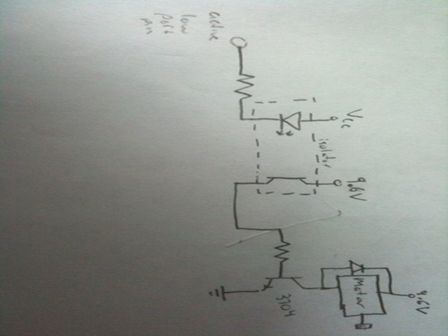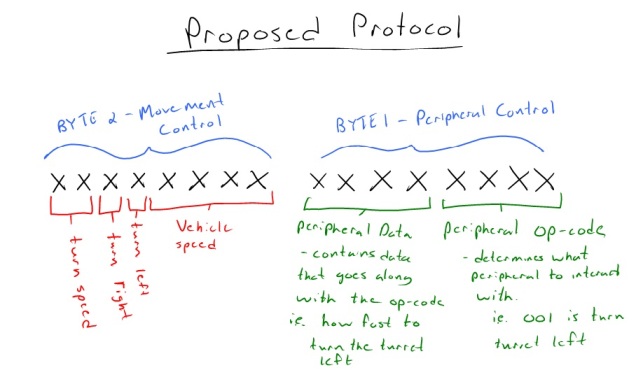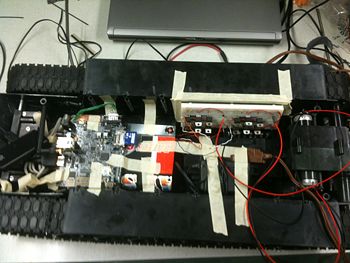| Line 510: | Line 510: | ||
<table width=850px border=2 style="margin:5px 0px"> | <table width=850px border=2 style="margin:5px 0px"> | ||
<td bgcolor="#E5F8BC"> | <td bgcolor="#E5F8BC"> | ||
| − | <b>Team Meeting (1.5 hours)</b> | + | <b>Team Meeting Tuesday (1.5 hours)</b> |
<ul> | <ul> | ||
<li> Met with team members to come up with an outline and figure out what to put in report.</li> | <li> Met with team members to come up with an outline and figure out what to put in report.</li> | ||
| Line 517: | Line 517: | ||
</td> | </td> | ||
</table> | </table> | ||
| − | |||
<!------------------> | <!------------------> | ||
<table width=850px border=2 style="margin:5px 0px"> | <table width=850px border=2 style="margin:5px 0px"> | ||
<td bgcolor="#E5F8BC"> | <td bgcolor="#E5F8BC"> | ||
| − | <b>Teleconference / Meeting (1.5 hours)</b> | + | <b>Teleconference / Meeting Thursday (1.5 hours)</b> |
<ul> | <ul> | ||
<li> Met for a teleconference with hong kong. There was confusion and they did not know there was supposed to be a conference. </li> | <li> Met for a teleconference with hong kong. There was confusion and they did not know there was supposed to be a conference. </li> | ||
| Line 534: | Line 533: | ||
<table width=850px border=2 style="margin:5px 0px"> | <table width=850px border=2 style="margin:5px 0px"> | ||
<td bgcolor="#E5F8BC"> | <td bgcolor="#E5F8BC"> | ||
| − | <b>Weekly Meeting (1 hour)</b> | + | <b>Weekly Meeting Friday (1 hour)</b> |
<ul> | <ul> | ||
<li> We looked over a powerpoint that HKUST had sent and tried to work out a system architecture. It seemed that central server was the direction that we are headed. Their plan is to have separate protocols talk to a server and then have the server translate that into specific protocol for the intended car. </li> | <li> We looked over a powerpoint that HKUST had sent and tried to work out a system architecture. It seemed that central server was the direction that we are headed. Their plan is to have separate protocols talk to a server and then have the server translate that into specific protocol for the intended car. </li> | ||
| Line 540: | Line 539: | ||
</td> | </td> | ||
</table> | </table> | ||
| + | <!--------------------> | ||
| + | <table width=850px border=2 style="margin:5px 0px"> | ||
| + | <td bgcolor="#CC9966"> | ||
| + | <b>Sunday (1.5 hours)</b> | ||
| + | <ul> | ||
| + | <li> Worked on component selection part of paper. </li> | ||
| + | </ul> | ||
| + | </td> | ||
| + | </table> | ||
| + | |||
| + | ---- | ||
| + | <!---------------=====================NEW WEEK ===============================================--> | ||
| + | ---- | ||
| + | <br> | ||
| + | <b><big>Week of December 12th</big></b> | ||
| + | <br> | ||
| + | |||
| + | |||
| + | <table width=850px border=2 style="margin:5px 0px"> | ||
| + | <td bgcolor="#E5F8BC"> | ||
| + | <b> Teleconference with HKUST Tuesday (1 hours)</b> | ||
| + | <ul> | ||
| + | <li> Discussed the details of their powerpoint with Eric from HKUST. It seems like they want to stick to thier plan in the powerpoint. This is the central server translator with different protocols. </li> | ||
| + | </ul> | ||
| + | </td> | ||
| + | </table> | ||
| + | |||
| + | <table width=850px border=2 style="margin:5px 0px"> | ||
| + | <td bgcolor="#CC9966"> | ||
| + | <b>Sunday (2 hours)</b> | ||
| + | <ul> | ||
| + | <li> Finished up my part of the paper. </li> | ||
| + | </ul> | ||
| + | </td> | ||
| + | </table> | ||
<!---=-=-=-=-=-=-=-=-=-=--=-=-=-=ENTRY TEMPLATE-=-=-=-=-=-=-=-=-=-=-=-=- | <!---=-=-=-=-=-=-=-=-=-=--=-=-=-=ENTRY TEMPLATE-=-=-=-=-=-=-=-=-=-=-=-=- | ||
Revision as of 13:10, 16 December 2011
Scott Stack - Design Notebook
Week of September 19th:
|
|
Week Summary:
|
Week of September 26th:
|
|
Team Meeting
|
|
|
Week Summary:
|
Week of October 3rd:
|
|
Week Summary:
|
Week of October 10th:
|
|
Week Summary:
|
Week of October 17th:
|
|
|
Team Meeting (tuesday)(2.5-3 hours):
|
|
|
|
Attended weekly VIP meeting. (1 hour)
|
|
Week Summary:
|
Week of October 24th:
|
|
Team Meeting Tuesday (3hours)
|
|
|
Friday
|
|
Week Summary:
|
Week of October 31:
|
|
Meeting Nov. 3rd (4 hours)
|
|
Meeting Friday (1 hour)
|
|
Week Summary:
|
Week of November 7:
|
Meeting with Team (Tuesday) (3 hours)
|
|
Teleconference with HKUST (Thursday) (1 hour)
|
|
|
Friday
|
|
Week Summary:
|
Week of November 14th
|
Weekly Meeting Friday (1 hour)
|
|
Week Summary:
|
Week of November 28th
|
Team meeting (tues) (4 hours)
|
|
Teleconference / Team meeting (Thurs) (5 hours)
|
|
Weekly Meeting (friday) (1 hour)
|
|
Week Summary:
|
Week of December 5th
|
Team Meeting Tuesday (1.5 hours)
|
|
Teleconference / Meeting Thursday (1.5 hours)
|
|
Weekly Meeting Friday (1 hour)
|
|
Sunday (1.5 hours)
|
Week of December 12th
|
Teleconference with HKUST Tuesday (1 hours)
|
|
Sunday (2 hours)
|




